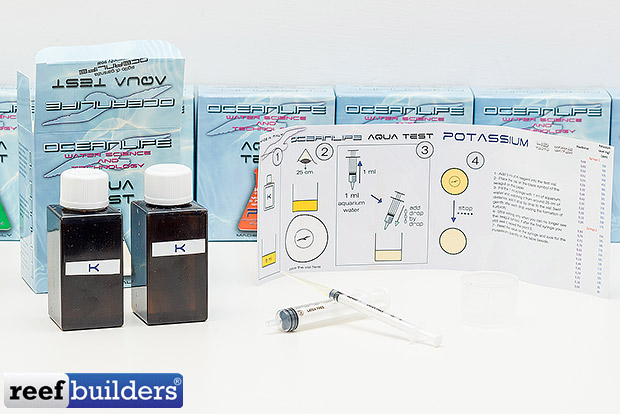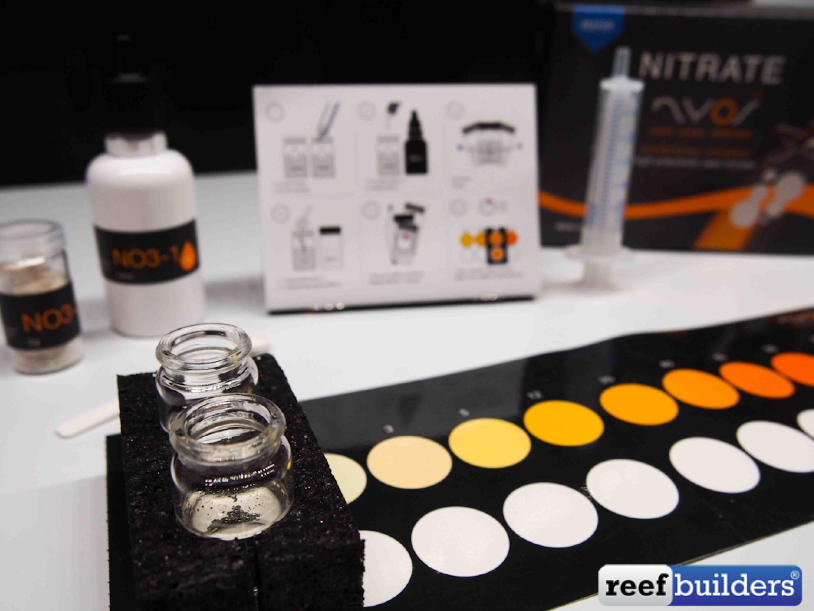Aquarium Maintenance
Water testing can be one of the more timely aspects of maintenance, but without testing, it’s difficult to know what’s going on inside your tank. Every time you test your water is a chance to correct any imbalances in water chemistry and improve the overall water quality of your system.
You should be testing your water at least once a week. Most local fish stores will help you test your water, however, aquarium test kits are relatively inexpensive and it’s a good idea to start testing your water at home. From the day you set up your aquarium until years down the road, testing your aquarium water should become an important aquarium ritual.
What to Test
If you are just setting up an aquarium the first month or longer is an important time for beneficial bacteria to grow inside your reef tank, this process is called cycling. During this period you want to actively monitor: Ammonia, Nitrite, Nitrate.
Ammonia is a byproduct of fish waste or un-eaten foods. During the initial set-up or cycling or your tank, Ammonia is absorbed by Nitrosonomas bacteria and released as Nitrite through an internal chemical process. High level of Ammonia and Nitrite are harmful and even toxic to fish, this is why it’s important to take your time before adding any fish or corals to the aquarium.
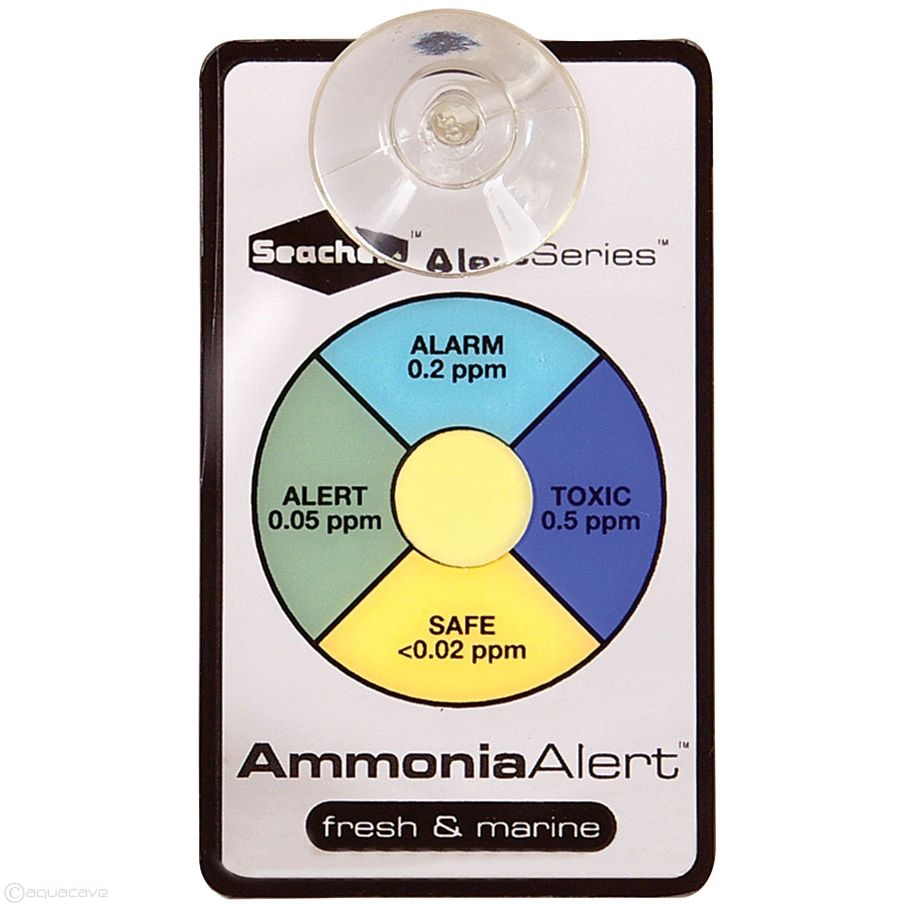
During the first month Nitrobacter bacteria are building up in your aquarium. These bacteria consume Nitrite converting it to Nitrate. Nitrate, while not as harmful, will build up in the aquarium and must be removed. This can be done through regular water changes.

You can test for all three of these parameter using aquarium test kits. For Ammonia, you can also purchase Ammonia indicators which can be placed inside your aquarium glass. This test will change color if toxic level of ammonia are building up in your tank.
As your aquarium progresses and you are ready to add fish and corals, you will want to test for Salinity and Temperature. Saltwater aquariums should be kept between 75 – 80°F or (23.5 -26.5°C) and you can purchase a floating thermometer for your tank.
Salinity should be maintained at 35ppt or a specific gravity of 1.0264. As water evaporates from your aquarium salinity levels can rise, since only the freshwater is evaporating. This can be avoided by having an auto top-off system installed on your tank or manually topping off with freshwater.
If you are keeping a nano size aquarium smaller than 20g you will want to pay close attention to salinity. You can test for salinity with a refractometer.
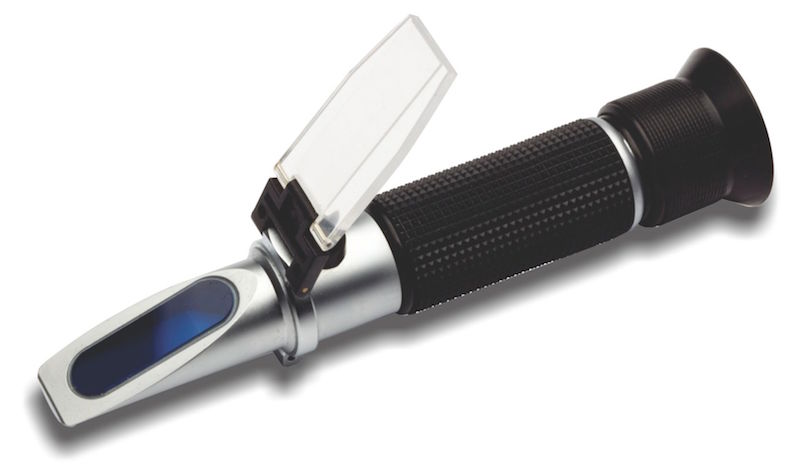
By now you should have a weekly routine for testing Nitrate and Salinity, while also keeping an eye on your Temperature and Ammonia levels, at this point you can start testing you Phosphate, Alkalinity, Calcium, Magnesium, and PH.
These parameters affect the growth of corals and algae in the aquarium. You can test for these parameters using aquarium test kits, taking your water sample to a local fish store, or by sending your water for an in depth ICP water analysis.
If you are using at home test kits and your aquarium is healthy you shouldn’t need ICP testing. These tests are helpful if certain corals are dying or you have an unexpected crash.
How Often to Test
You should test your water about three days a week. If your water is experiencing swings or spikes from test to test, then you may need to test every day. At home test kits come with easy to follow instructions, and don’t be worried if it takes a few tries to get it right. Be sure to check the expiration date when buying test kits.
Test for anything you are dosing and test each time you dose your tank. Overdosing your tank with alkalinity can kill the tips of your coral which I have learned the hard way from experience.
Some at home test kits, especially those which involve counting drops or color can be difficult to distinguish between result levels. As you become more involved in reef keeping you can invest in probes which continually monitor parameter like PH and Salinity. You can also purchase Hanna instrument checkers which give you an instant readout for Nitriate, Phospahte, Calcium, or Alkalinity.
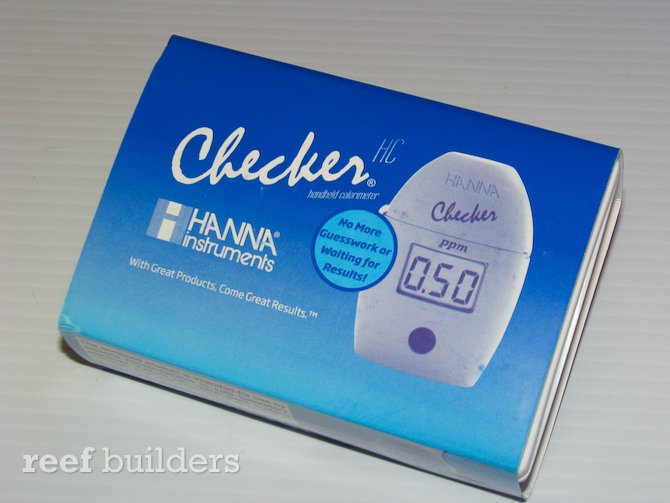
Saltwater Aquarium parameters should be:
You will see the benefits of testing in no time and if you do not test you will surely see the consequences. Testing allows us to know what our tank needs so we can provide a healthy habitat for keeping fish and corals.


